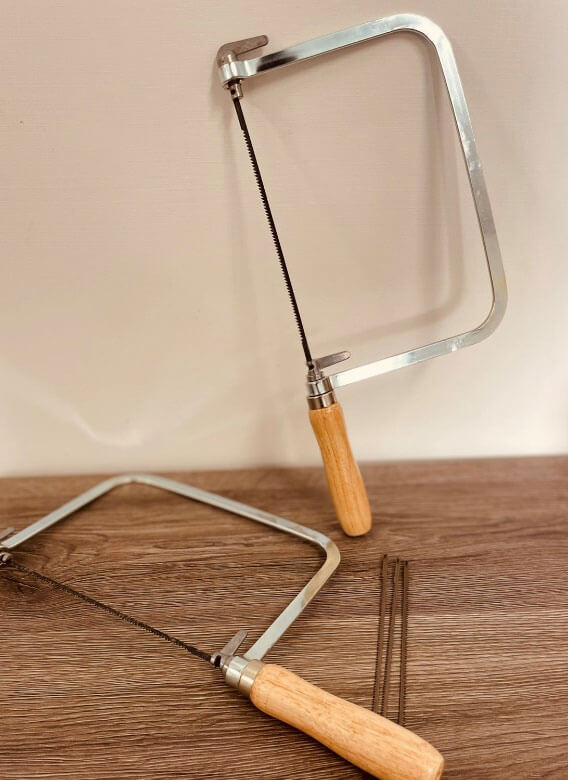History of the Coping Saw: A Timeless Tool for Precision Woodworking

The coping saw is one of the most essential tools in traditional and modern woodworking. Known for its ability to make precise curved cuts, it has been a favorite among carpenters, woodworkers, and DIYers for centuries. In this article, we’ll explore the history of the coping saw, its origins, design evolution, and its lasting place in woodworking today.
🔍 What Is a Coping Saw?
A coping saw is a manual hand saw designed for cutting curves and intricate shapes in wood, plastic, or metal. It features a U-shaped metal frame, a narrow removable blade, and a pistol-style handle. The saw gets its name from the technique called "coping" — where one piece of molding is shaped to fit another.
📜 The Origins: Early Forms of Fine Cutting Tools
The coping saw evolved from earlier saws like the bow saw and fret saw, which date back to ancient Egypt and Rome. These early tools were used for detailed cutting, often in cabinetry or furniture making. However, they were typically made from wood and lacked the modern tension system.
By the 18th century, the need for a tool that could cut detailed interior shapes and joints led to the creation of the coping saw. With industrial advances, toolmakers began producing metal-framed saws with replaceable blades — a major step forward in hand tool design.
🏗️ Design Features of the Coping Saw
The coping saw stands out for its lightweight frame, fine-toothed blade, and versatile cutting ability. Key features include:
- U-shaped frame: Allows for deep cuts and turning corners.
- Replaceable blades: Easily swapped for different materials.
- Rotatable blade: Can be angled to cut in various directions.
- Ergonomic handle: Usually wooden or plastic for comfortable grip.
These design elements make the coping saw ideal for cutting circular shapes, coping joints, dovetails, and more.
🔧 Evolution and Continued Use
Despite the rise of power tools like the scroll saw and jigsaw, the coping saw remains popular due to its precision, low cost, and simplicity. While power tools offer speed, they often lack the delicate control that a coping saw provides in detailed work.
Today, coping saws are commonly used in:
- Finish carpentry
- Crown molding installations
- Model making and fine woodworking
- Educational woodworking programs
📌 Conclusion: Why the Coping Saw Still Matters
The coping saw may be a centuries-old invention, but it remains a valuable tool in any woodworking shop. Whether you're a professional carpenter, a DIY enthusiast, or a hobbyist, this classic saw delivers accuracy, control, and versatility that modern tools can't fully replace.
